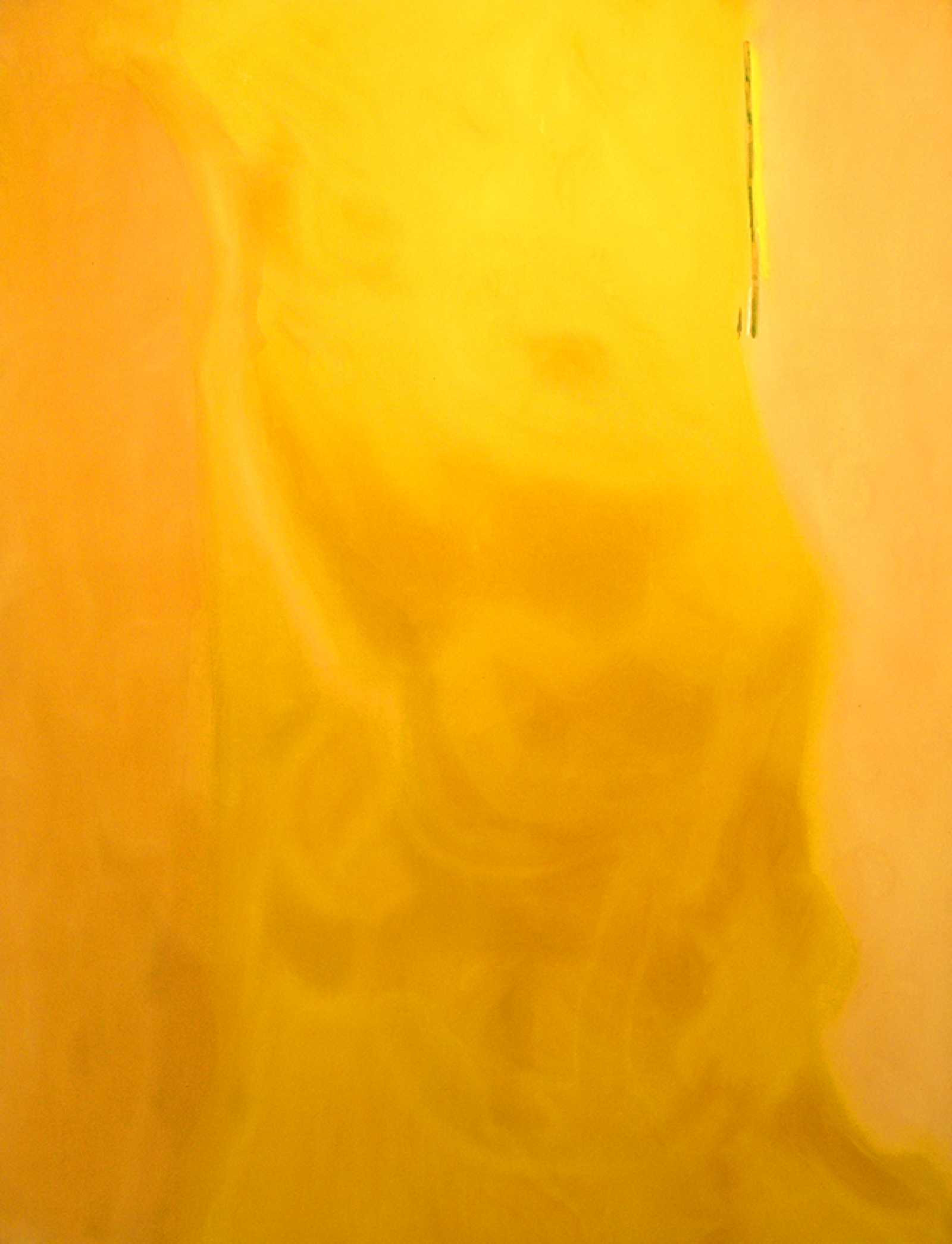Helen Frankenthaler
Considered one of the great 20th century American painters, Helen Frankenthaler was a second generation postwar abstract artist who played a key role in the transition from Abstract Expressionism to Color Field painting. Her soak-stain technique involved pouring thinned paint directly onto unprimed canvas. Raised in New York City, she attended the Dalton School, where she first received art instruction from Mexican modernist Rufino Tamayo. In 1949, she graduated from Bennington College in Vermont, where she was a student of Paul Feeley, and then later studied briefly with Hans Hofmann. Her early work influenced the artists, notably Morris Louis and Kenneth Noland, associated with Color Field painting.
Early in her career in the 1950s, Frankenthaler developed "all over" compositions featuring expressions of pure color. She soon developed a unique method of staining her canvases by pouring oil mixed with turpentine that was then absorbed into the raw canvas. By the 1960s she was experimenting with acrylics, diluting them to create the overlays and washes that she used both in her canvases and her lithographs. Her paintings of the early 1970s, such as April Screen, are distinguished by broad sweeps of layering of a single color intensified by sensuous, amorphous pools. Throughout her career, Frankenthaler’s travels around the United States and abroad provided her new insights, affecting both her color palette and her use of scale.
Helen Frankenthaler (American, 1928-2011), April Screen, 1972, acrylic on canvas, 121 3/4 x 84 1/2 inches. Gift of Steve Chase, 33-1981 © 2020 Helen Frankenthaler Foundation, Inc. / Artists Rights Society (ARS), New York

